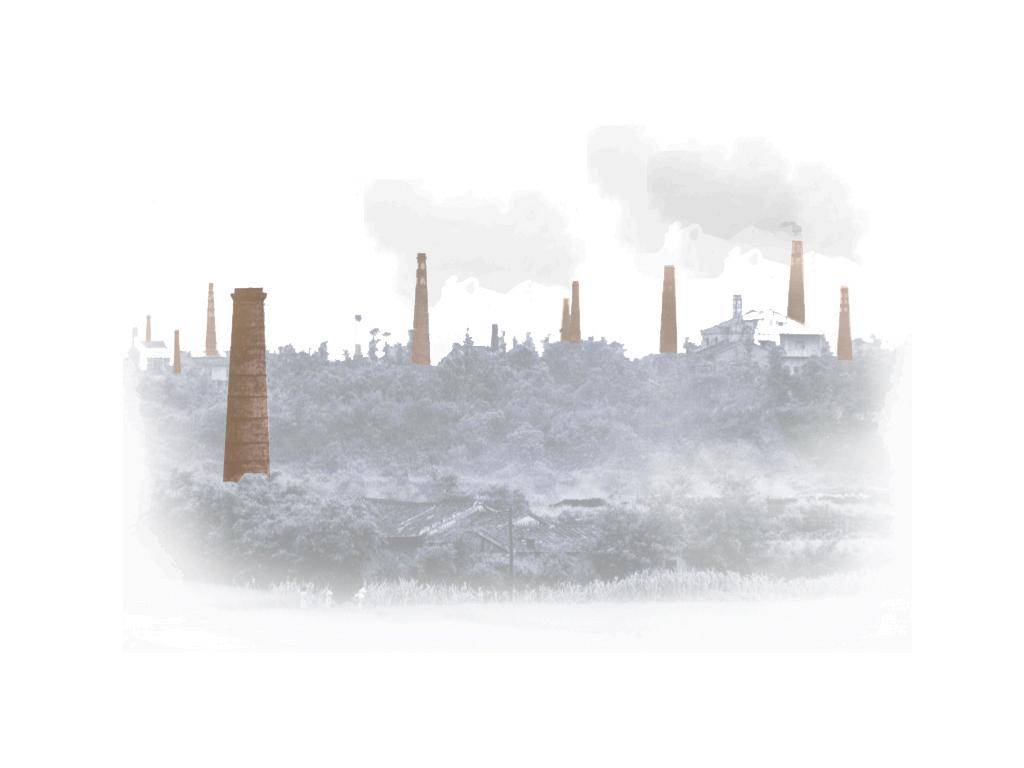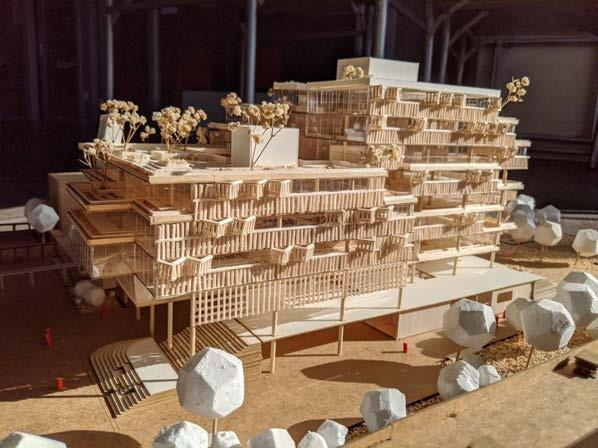
1 minute read
玖樓 3 1 2 2
from Hsin Yi Kung 大學建築作品集
by Hsin Yi Kung
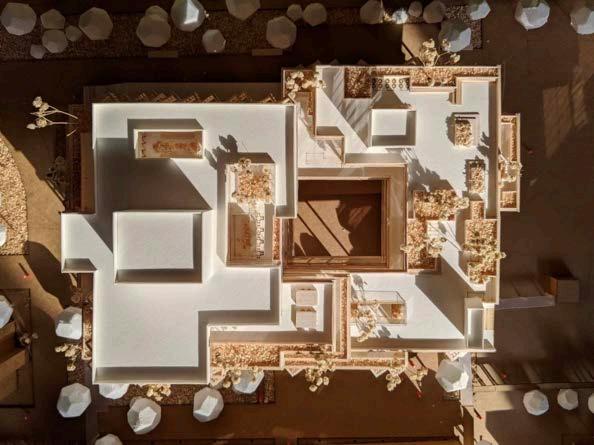
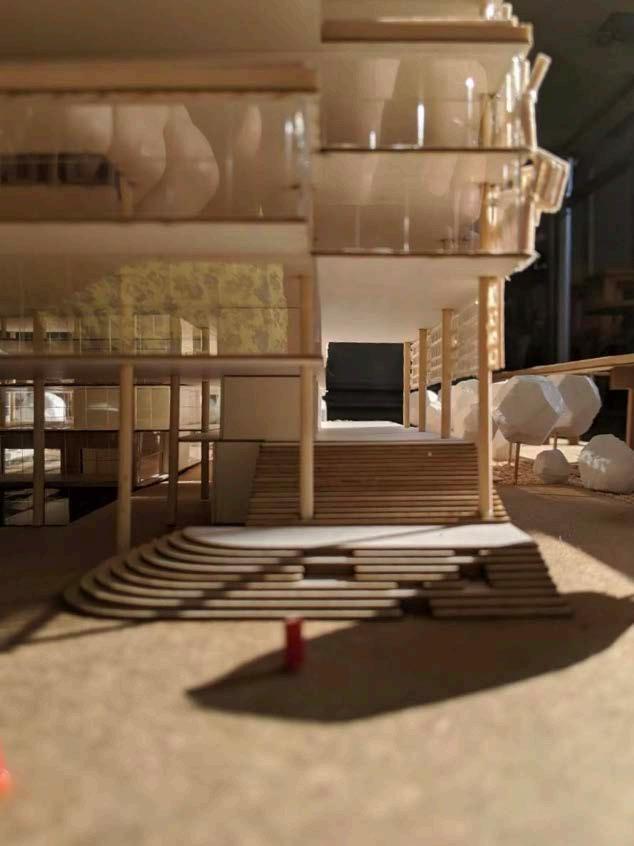
Advertisement
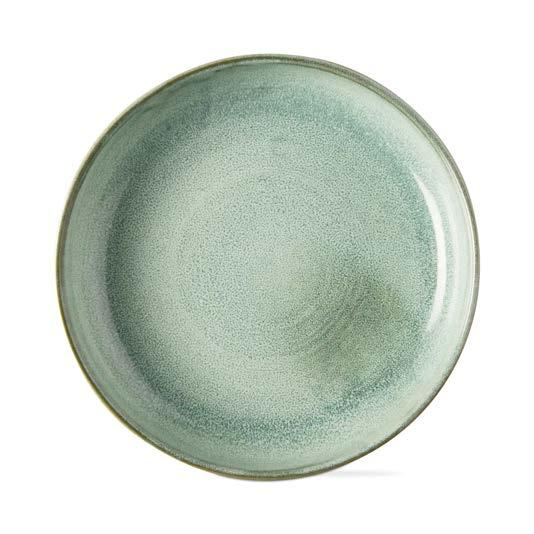

300 Down to 5
Yingge was named by an eagleshaped rock on the north side of the Yingge. The history of Yingge pottery began 200 years ago, almost every resident was making pottery for living on the street. It had 300 pottery kilns during the peak time, but now the number has declined to 5.
Just because one redevelops a brown fi eld does not mean that customers (or tenants) will flock to it if the community is far from customers, if it exhibits signs of social and economic decay, or if it lacks sufficient amenities that many modern workers and entrepreneurs expect from their community.
Any successful strategy will not only have to meet the market, but address complex risk factors that include social, political, and environmental risk. The social and institutional side are discussed less often, so let us turn to those first.
Cultural heritage and historical interest can be a community’s greatest economic development assets, serving as a unique draw for tourism and residents alike; and the development of these assets and the community around them can be the best path to preserving them for the enjoyment of future generations.
